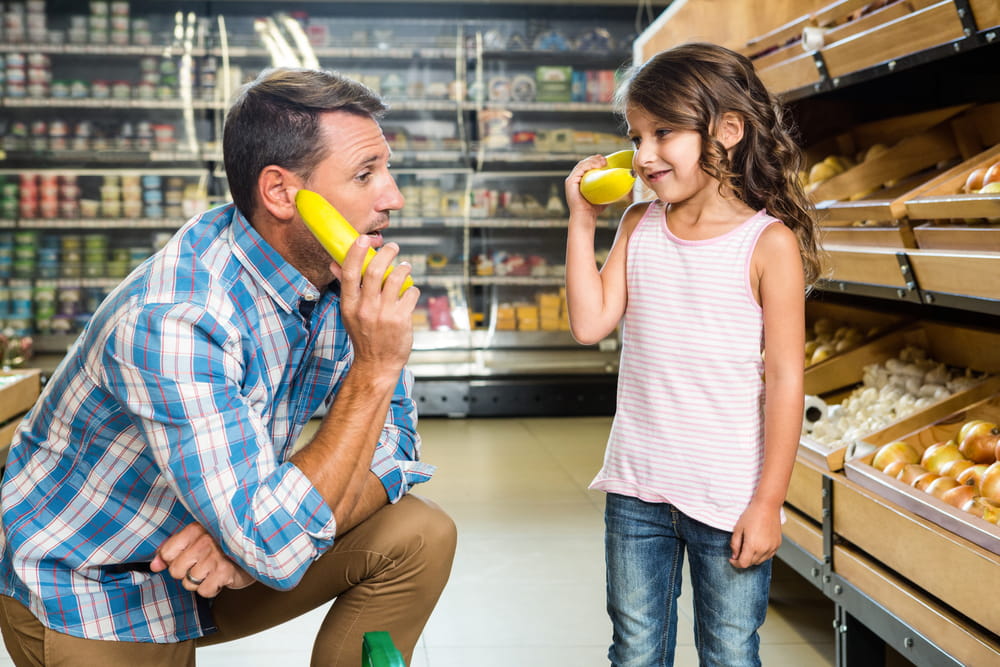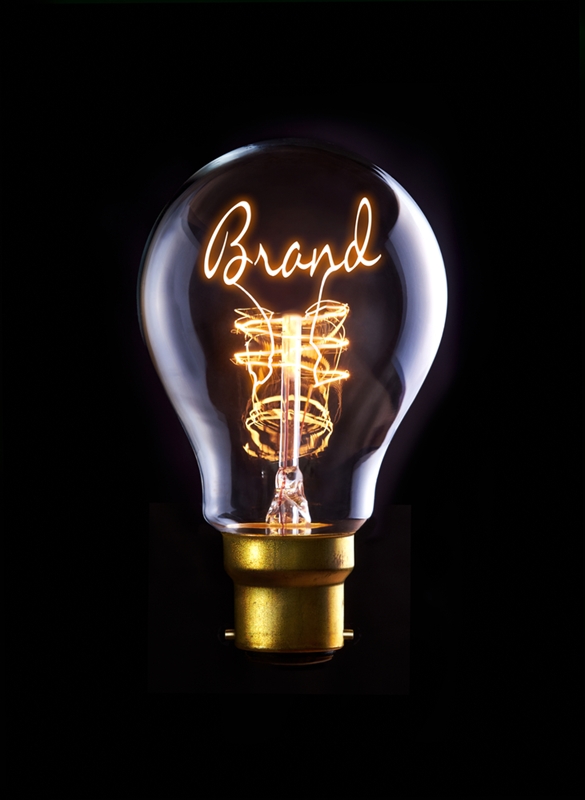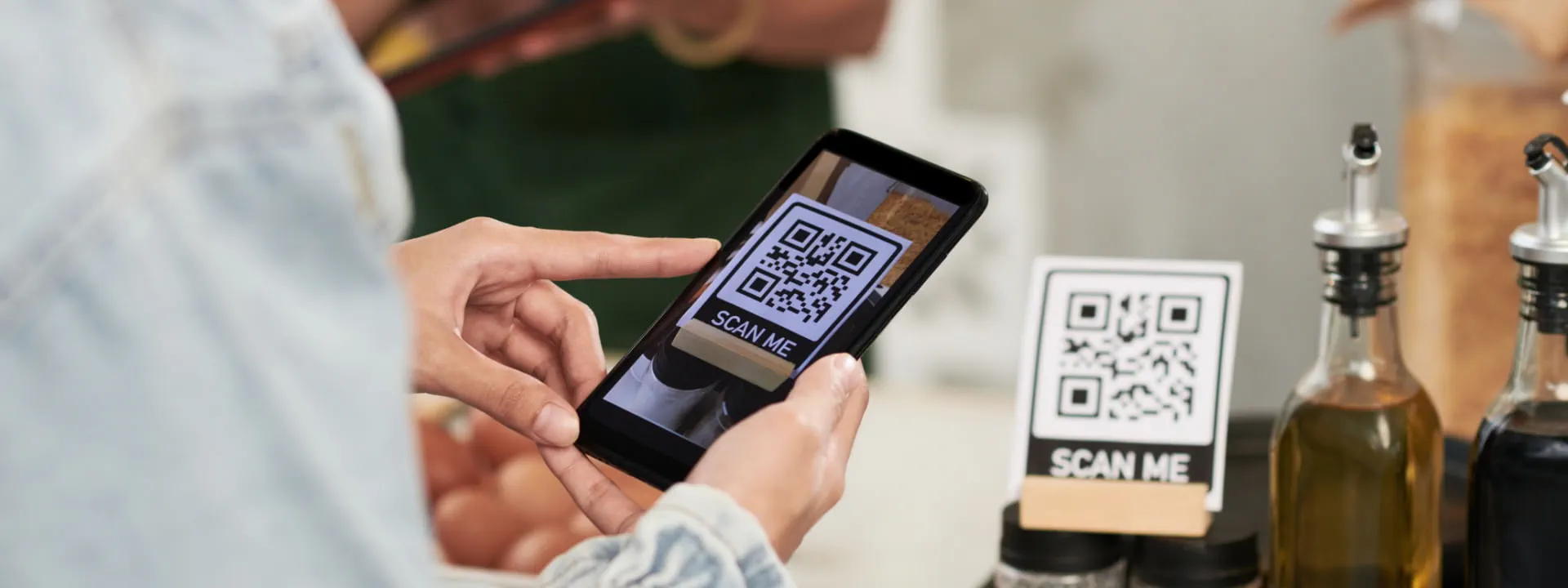
From website banners to product labels, retail businesses are in constant communication with their customers.
To keep your revenues high you need to continually remind your target market who you are, what you do, and why they should choose you over the competition. Furthermore, in the age of digital media, this means going far beyond traditional print methods of engaging with prospective clientele.
However, retail communication is ever changing, and staying up to date with the latest trends is no mean feat.
With that in mind, let’s explore some of the different channels open to retail businesses when it comes to communicating with customers, and where their different strengths lie.

Social media
It’s a sign of the times that we’re kicking this article off by discussing social media. The likes of Facebook, YouTube, Instagram and Twitter have revolutionised the ways that customers and businesses interact with each other, and this is a trend that’s only going to become more prevalent as these platforms grow in sophistication.
Here are some of the key reasons you should be using social media to communicate with your audience base:
- Your customers expect you to: According to Smart Insights, 63% of customers anticipate that companies will offer customer service through social platforms, and 90% have already used it to communicate with a brand
- It’s immediate: Not only are the numbers of people using social media to access businesses increasing, but so are their demands. Timeliness is the name of the game, in fact 37% want an answer within half an hour of submitting a question on social media, says a report from Conversocial
- It gives you an opportunity to listen: As well as responding to feedback, social media allows you to more broadly understand what the public is talking about. Tools like TweetDeck are ideal for searching for new trends, and steering your marketing and branding efforts
- You can build a community: ‘Story’ tools have really taken off in recent years across platforms such as Facebook, Instagram and Snapchat. This content is viewed as authentic, and adds a human side to your brand that can turn new customers onto your offerings
- It’s a great introduction: Many customer journeys these days start with a Google search. A study by Hootsuite has shown a positive relationship between social media engagements and search engine page rankings. Having a strong social presence, therefore, makes it easier for your customers to find you
The nature of your business, and the products you sell, will greatly impact which platforms are right for you in terms of reaching the right people. A good way to start devising a social strategy is by defining some user personas, and then conducting research into which sites your target audience tends to frequent.

Branding and marketing
Even when you aren’t directly engaging with customers through social media, or in person on the shop floor, your branding and marketing efforts are out there speaking volumes about you as a business.
In essence, branding has five key functions it can perform for a business:
- Affirming your business’ credibility among its competitors
- Delivering a message about who you are
- Creating an emotional connection between potential consumers and your offering
- Building user loyalty
- Enticing the prospect into buying
Similar to creating user personas for effective digital content targeting, in order for your brand to effectively communicate with customers you need to understand their wants and needs. When you’ve done this the next steps are as follows:
- Codify your mission statement: This is the sentiment you’ll express in every facet of your branding and marketing, from tagline to tone. Define your mission statement by establishing the values that are important to your business, and why it exists
- Identify your USPs: Your brand needs to be unique. To achieve this you need to have an understanding of what your competitors are doing and distinguish yourself from the crowd. Your branding should highlight the ways your offerings beat similar products on the market, and communicate these benefits clearly
- Choose a brand voice: This, too, will depend somewhat on the demographics of your audience. However, retail companies tend to favour tones that mix professionalism and approachability. While the choice is yours, technical and overly authoritative tones are best left to B2B organisations
- Create a tagline and logo: To do this you will need brand guidelines that tie together the visual elements of your marketing activities. Done well, both the logo and tagline should become iconic of your business and enable it to stand out
- Incorporate your branding into every side of your business: Thanks to digital and social media, prospective customers have a far greater choice of touch points when interacting with a business. This means that your branding efforts have to work even harder to connect these disparate arms, and present a cohesive appearance to your audience
Often these concepts can start out on paper in brainstorming sessions, and then need to be digitised and disseminated across branches and the head office. Cloud storage systems, and interoperable scanners are perfect for saving time, and reducing human error when it comes to sharing information in these ways.

Tagging and labelling
The ultimate goal of your marketing and social media strategies is to increase conversions in your store, be it physical or online.
You’ve worked hard to grab the attention of prospective customers, and hold onto them this far, so it’s vital that you continue to engage them at the closing stages of the sales funnel.
In a digital shopping forum this is straightforward, your ecommerce store will likely come equipped with tools to indicate sale items, promote deals and generally direct the customer to items based on their previous searching activity. In a physical setting it can be much harder to lead people in the directions you want to.
Simple and straightforward retail tagging and labelling is, therefore, a must. You want to make it easy for your customers to navigate your shop and locate products you want to highlight.
In these fast-paced environments, the emphasis for the printing hardware used to produce these labels is on efficiency, compatibility and space-saving. You want to be able to integrate printers into your exiting setup, and not need huge amounts of space to accommodate them.
Increasingly, retailers also want to produce labels and, once the transaction is complete, receipts on-the-go. Pop up shops are a great example of this, and have proved popular in many cities around the world. In such instances you want to be able to set up and start selling, and convenience is the order of the day. Here, WiFi and Bluetooth® connectivity are real assets, enabling you to hook labelling devices up to iOS, Android™ and Windows® devices.
At Brother we know that effective customer communication in retail is only possible if your internal channels are spot on. To find out more get in touch with our team today.





